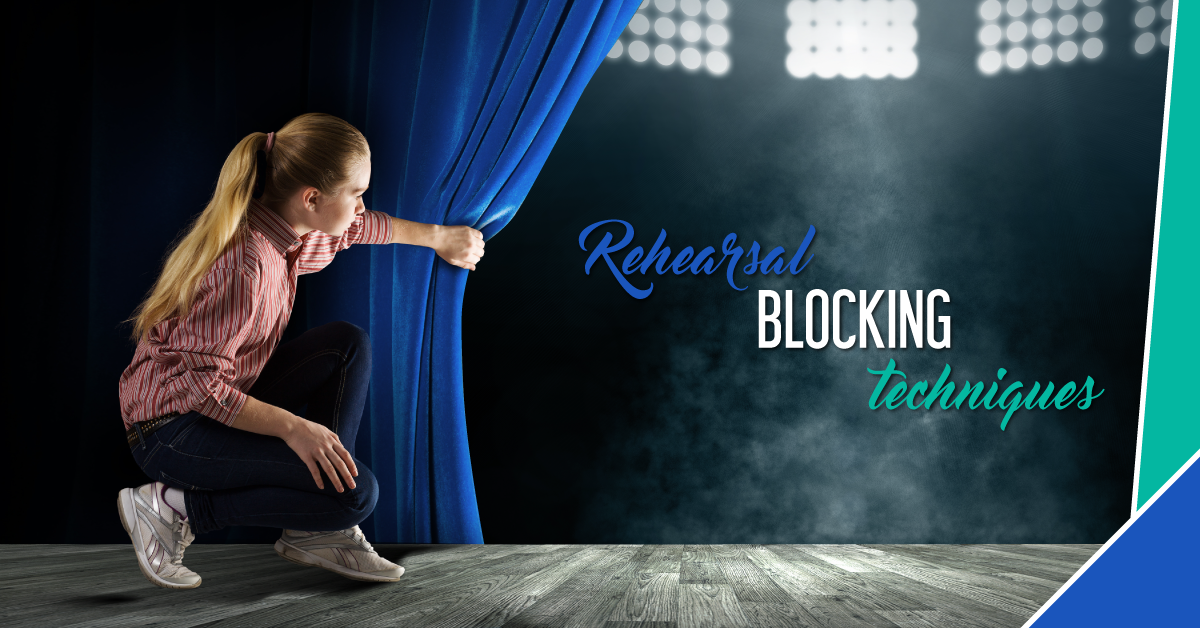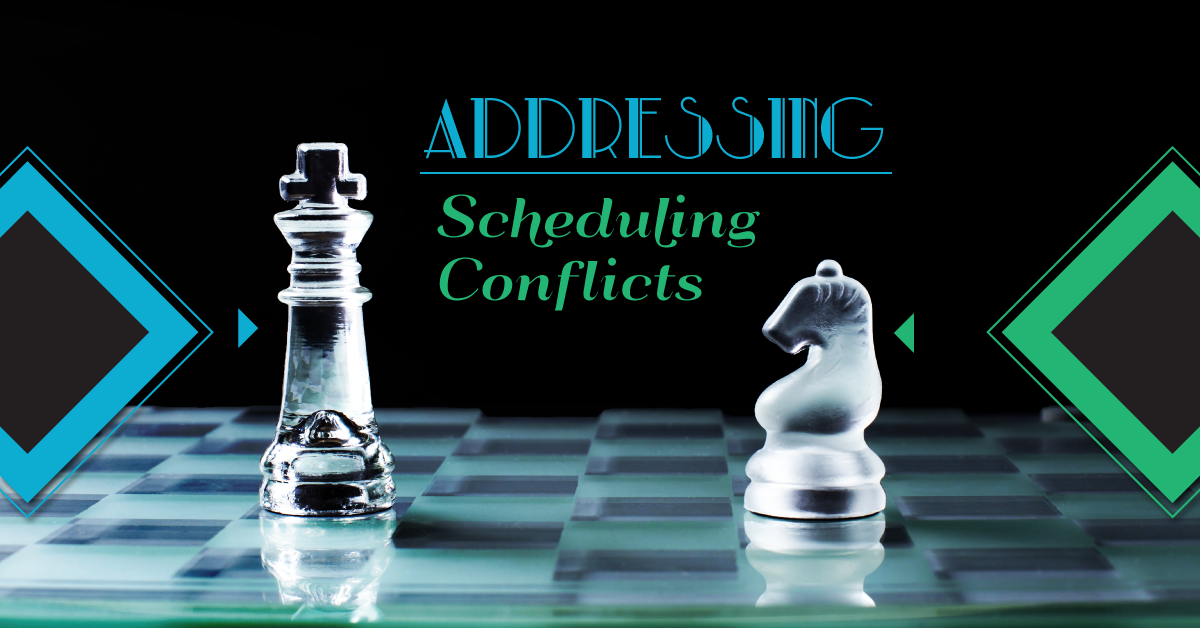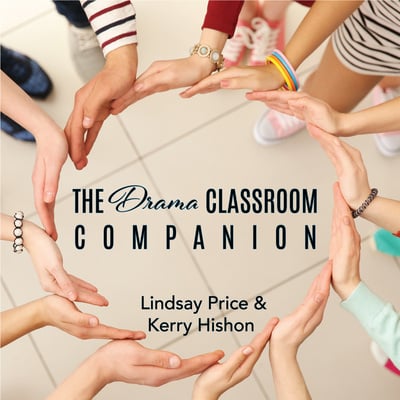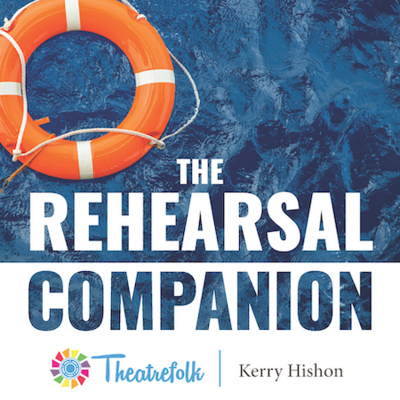Agatha Rex by Lindsay Price is a bold high school take on Antigone - packed with heart, conflict, and a powerhouse ensemble. One girl. One stand. One huge risk. *NEW COMPETITION VERSION AVAILABLE!*
A Comparison of Rehearsal Blocking Techniques
Teachers, when working in rehearsals with your students, are you more of a planner type or a go-with-the-flow type? Do you map out all the blocking and movements in advance, or do you allow students to experiment and figure out their work more organically? There are as many different types of rehearsal blocking techniques as there are teachers, but I have found that it boils down to two main types: pre-blocking and in-rehearsal blocking.
Let’s compare and contrast the two styles.
Pre-Blocking
“Pre-blocking” means to plan all onstage action and character movements in advance of the rehearsal. The director has a clear vision of what he/she wants to see onstage and how the action will flow. They plan everything in advance so students learn blocking and rehearse it quickly. This blocking technique is useful for teachers and directors with limited rehearsal time. They will be organized and ready to go with their staging already in mind. From there, it gives them more time to go back later to work with actors on developing their characters, and fine-tune the overall look of the show.
This style is also useful for working with younger (or less experienced) student actors, students who prefer (or need) more structure, and large casts.
Challenges
While pre-blocking is a time-saver, it can be challenging for student actors who might feel that they don’t have a lot of say in the artistic process. The process, while efficient, might feel mechanical or robotic to those students who like to try out different approaches during rehearsal and experiment with their characters. It’s very much a feeling that the students are the worker bees, while the teacher is the “head bee” who keeps the hive running.
In-Rehearsal Blocking
“In-rehearsal” blocking occurs when the director and actors come together to develop blocking in the rehearsal space. It’s an organic process, with lots of experimentation and collaboration. Students and teachers are teammates working together to create the piece. Students are free to play (within the constraints of their characters) and have the ability to try different approaches to their characters/movements on the fly. They have the freedom to share their thoughts and ideas. They also know that those thoughts and ideas will be heard and implemented into the process. This technique usually works best with smaller groups of students who are more experienced and eager to contribute.
Challenges
On the flip side, this form of rehearsal can take a lot longer to produce a clear result. What is the line between collaborating toward a finished piece and experimenting just because it’s possible? When using this technique, it’s important to have a goal in mind of what you wish to achieve at that particular rehearsal.
It can be challenging for younger or less experienced student actors, as they may feel intimidated or overwhelmed with the responsibility of coming up with creative ideas. It’s easy for more introverted students to get overlooked or outshone by their more outgoing and outspoken peers. It may also be challenging to include everyone’s ideas or concepts in the piece. What gets omitted? And will that student feel excluded because their idea wasn’t used?
In this style of rehearsal, it’s important to have a very organized stage manager who can keep track of what gets decided and records it carefully. That way, all the ideas are not lost or forgotten in the heat of creation!
What kind of creation will your piece be?
When approaching a theatrical piece, establish your parameters early. What kind of creation it will be, what kind of rehearsal timeline is available, and how much students are able to contribute to the process. Both pre-blocking and in-rehearsal blocking have their advantages, and it is up to the teacher to determine which technique is appropriate in a given situation.
Ideally, the process will be a combination of both pre-blocking and in-rehearsal blocking. The director will have a clear vision of what they want to achieve with the piece, but still remain flexible and open to student suggestions. After all, theatre is a creative process, and students have tons of creative ideas! If you favour one style over the other, challenge yourself to try the other technique and see how it works for you. Experiment with both styles to see what works best for you and your students.
Related Articles
The Drama Classroom Companion
by Lindsay Price & Kerry Hishon
The Drama Classroom Companion is filled with articles and exercises to build the skills needed for theatrical performance as well as real world skills like creative thinking, critical thinking, collaboration, and communication.
The Rehearsal Companion
by Kerry Hishon
You’ve chosen the play, paid the royalties, done the script analysis, held your auditions, and cast the show. Tomorrow is the first rehearsal. Are you ready? Really ready? The Rehearsal Companion can help!





